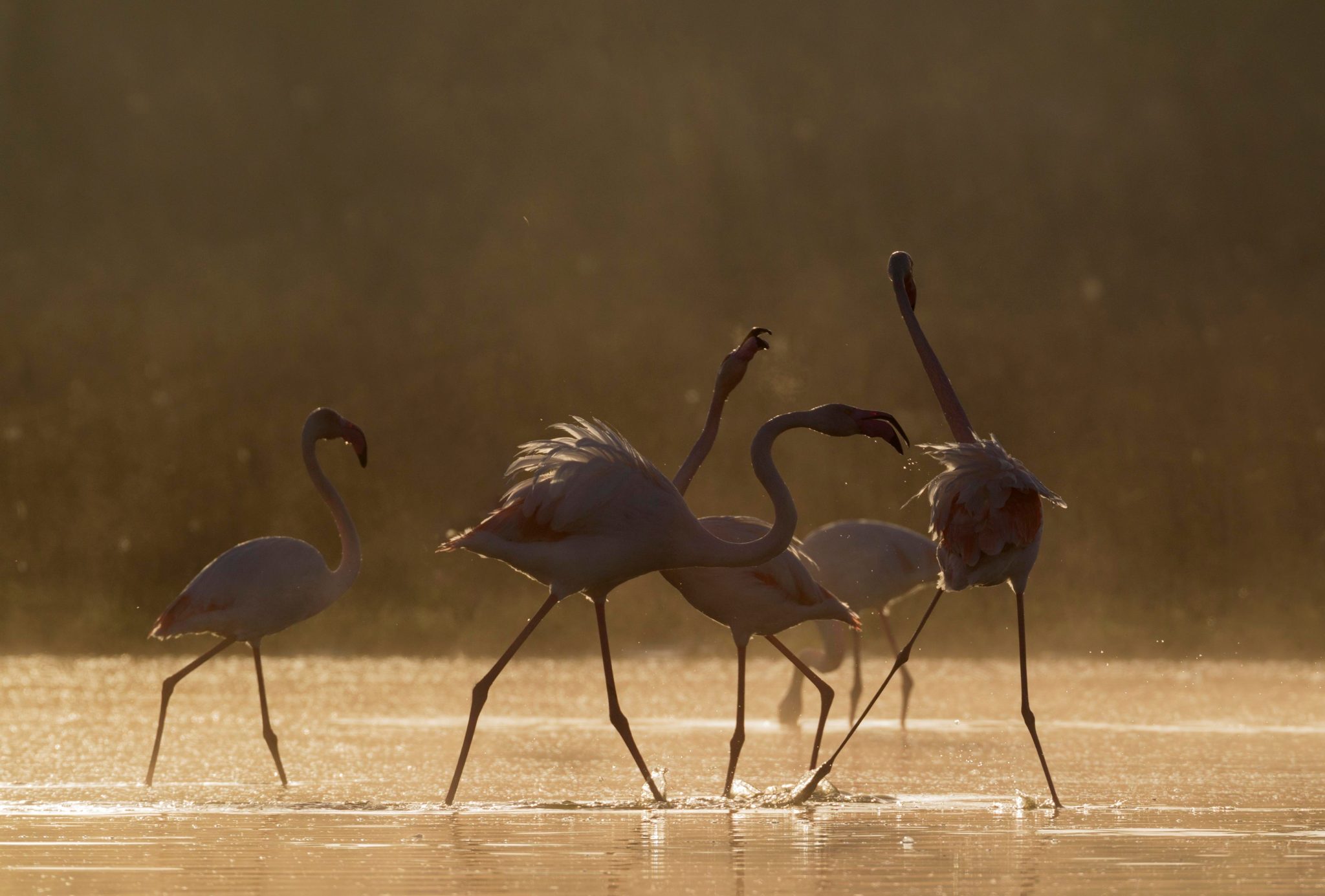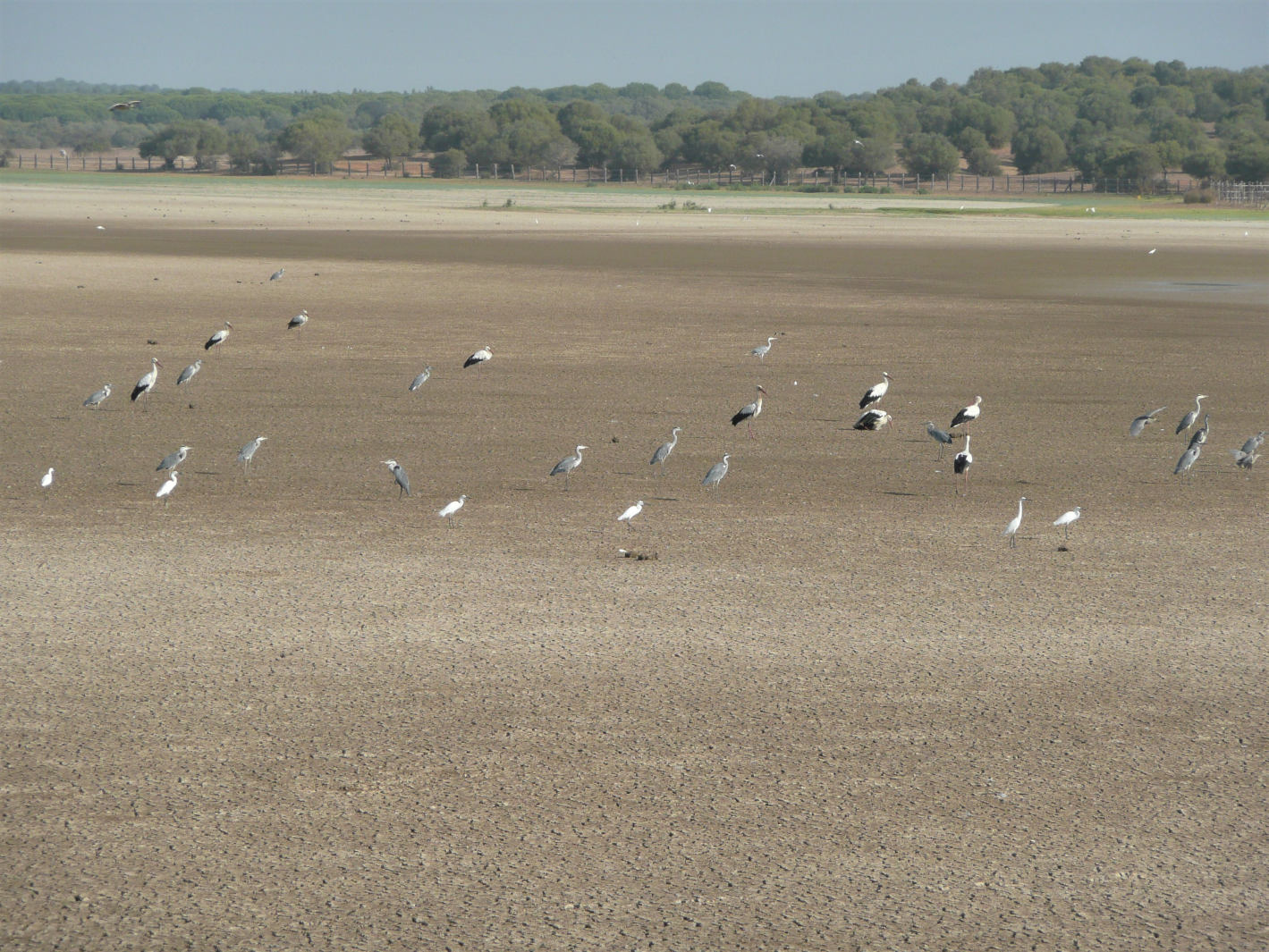How a webcam can tackle illegal water tapping in Spanish wetlands
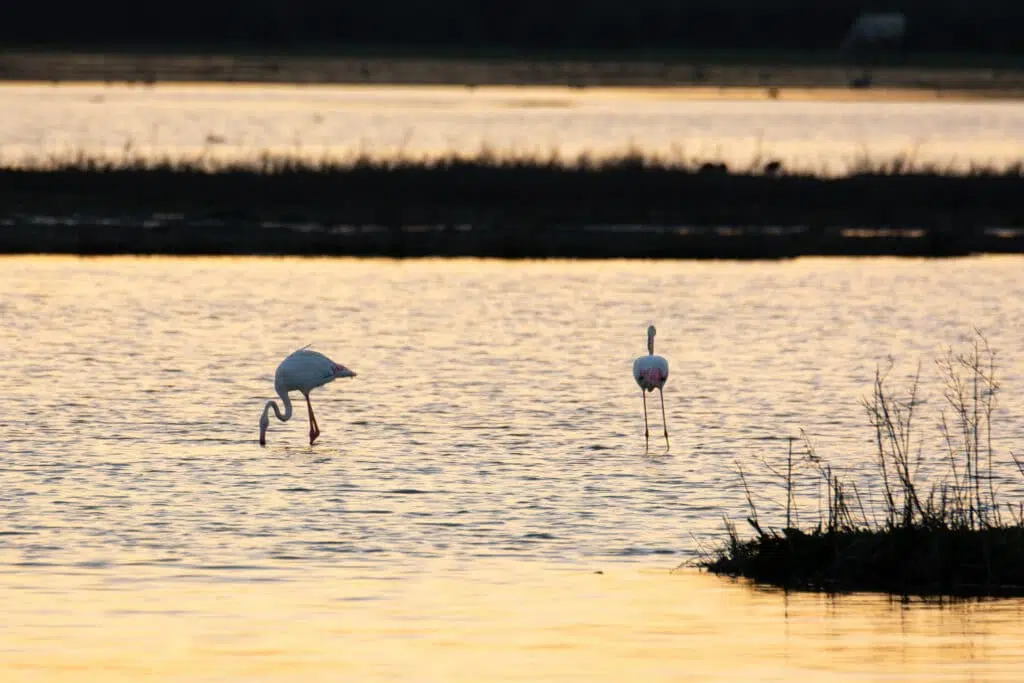
The first webcam in the Doñana National Park gives people access to the beauty of the region and allows to monitor the water level of the region.
On the 2nd of February, our Partner SEO/BirdLife inaugurated the first webcam in Doñana National Park with real-time 24/7 image and sound transmission and direct Internet access from wherever you are in the world. Part of the webcams in the National Parks project set up by our Spanish Partner, this tool allows the public to not only enjoy the natural lush of these protected natural spaces but also monitor the water level in the region.
In the last 30 years, the water supplies have dramatically dropped due to illegal water extraction for strawberry crops marsh drainage, and increasingly because of climate change.
The effects this has on the habitats and the species that depend on them is not hard to imagine. The sour cherry on top is that the regional branch of the Spanish People’s Party has presented a bill to the regional parliament to regularise the illicit tapping of water across the protected area, paving the road for water depletion.
Doñana’s ecology simply cannot cope with the continued illegal water exploitation to sustain the strawberry crops.
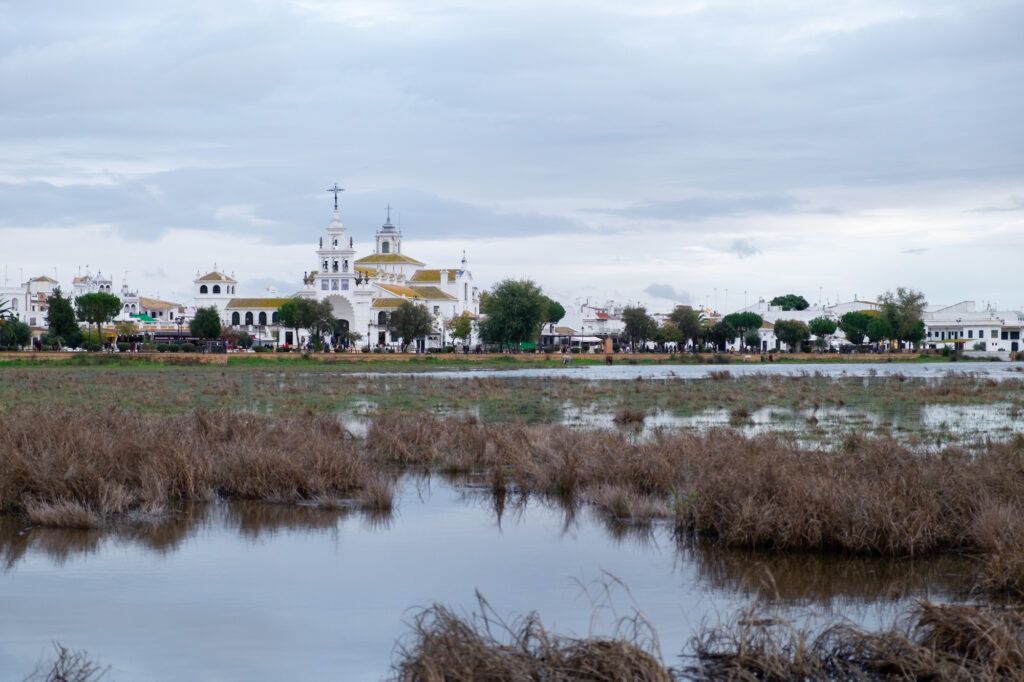
Located in the Francisco Bernis Ornithological Centre of SEO/BirdLife in the marsh of El Rocío (Doñana), the webcam might offer evidence to expose and act on this issue and further showcase the fragility of this valuable wetland, declared a World Heritage Site by UNESCO in 1994. It might also help pressure the Spanish Government to finally declare coastal lagoons like Doñana to be the first habitat type included in Catalogue of habitats at risk of disappearing.
Alongside its role in denouncing threats to the wetland, the webcam can also offer the more soul-nourishing and educational functions of providing a unique window open to the natural world. Through this tool, tons can be learnt and studied about waterbirds that winter, rest or breed throughout the year in this wetland of international importance is immense.
In February, large flocks of wintering birds such as the Greylag Goose (Anser anser), Northern Shovelers (Spatula clypeata), Eurasian Wigeons (Mareca penelope), and Northern Pintails (Anas acuta) can be spotted in the park. In spring, it is the turn of breeding birds from the African continent, such as the Collared Pratincole (Glareola pratincola) and the Whiskered Tern (Chlidonias hybrida). At the same time, a large colony of more than a hundred pairs of Glossy Ibis (Plegadis falcinellus) dwells in the tamarisk forests.
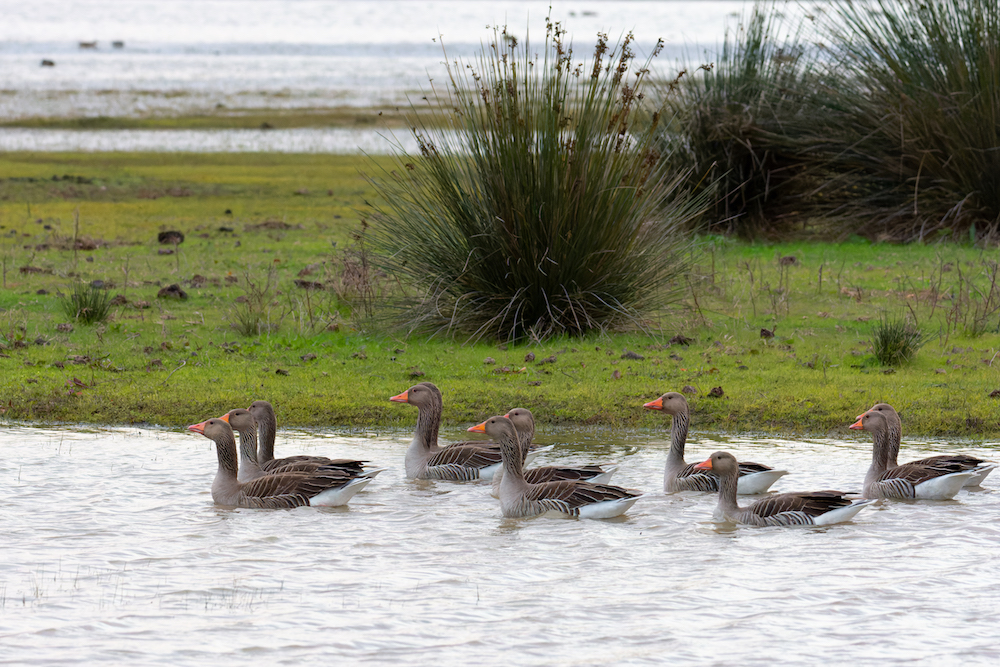
As long as the flooding is abundant enough, it is possible to observe large flocks of Greater Flamingos (Phoenicopterus roseus), Eurasian Spoonbills (Platalea leucorodia) and thousands of waders, as well as birds of prey. Later in August and September, when the marshes dry out, the park hosts the passage of mammals, and displays like the spectacular bellowing of the deer.
This webcam can give great visibility to this essential ecosystem and its threats, as well as raise awareness and interest in people from all over the world. Doñana is home to tens of thousands of birds from Central and Northern Europe, using Spain as a wintering or resting place on their long migratory journeys.
More than six million birds, up to 300 different species, depend on Doñana for their very survival. Climate change has already severely impacted the state of this natural reserve, and if no action is taken, this world heritage site, and the ecosystems and wildlife that depend on it, will soon be lost.
Image credits: SEO/BirdLife
You might also be interested in:
 | Stichting BirdLife Europe gratefully acknowledges financial support from the European Commission. All content and opinions expressed on these pages are solely those of Stichting BirdLife Europe. The European Commission is not responsible for any use that may be made of the information it contains. |
